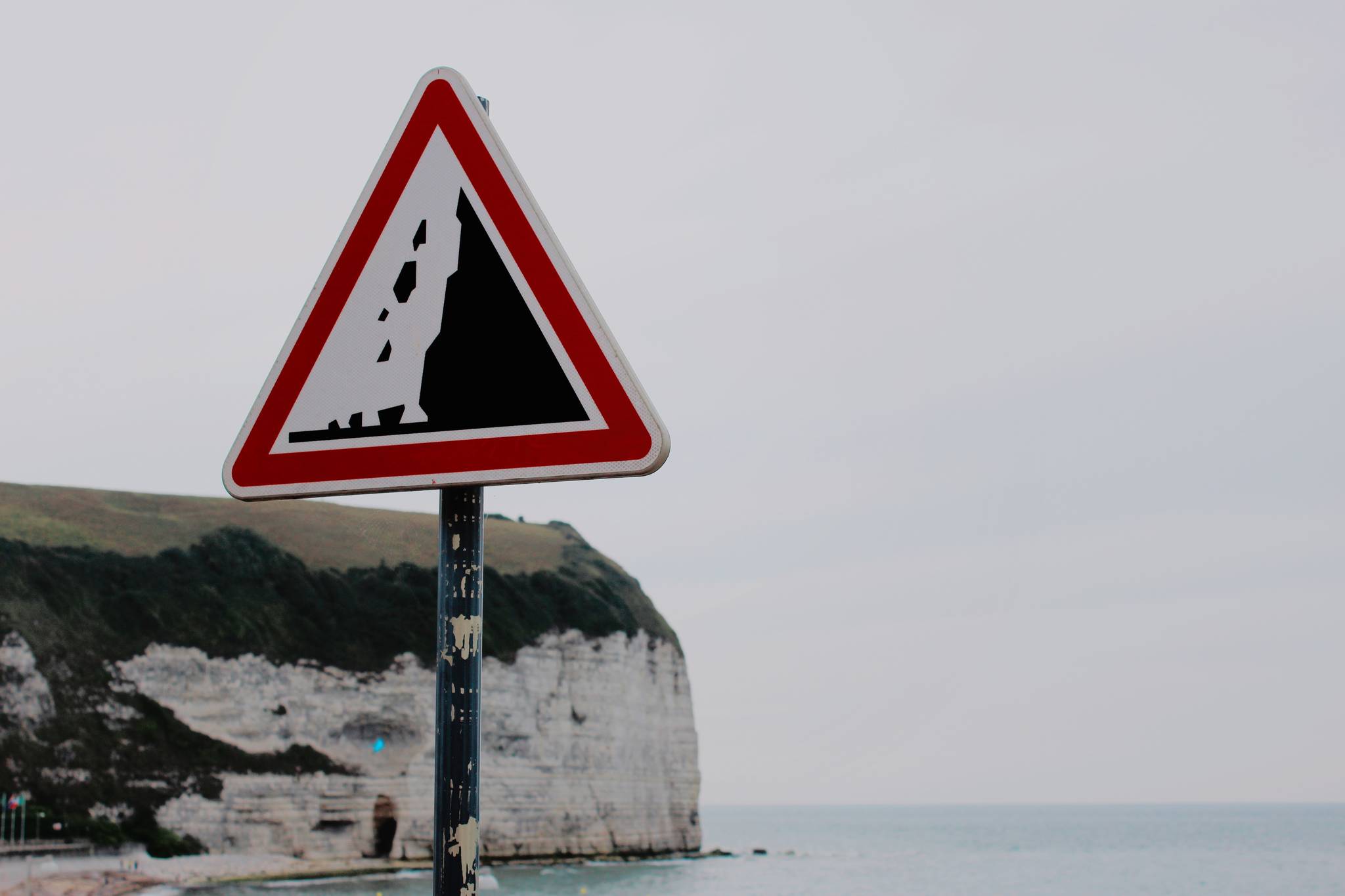By Rich Moniak
If I lived below the Behrends Avenue avalanche chute, I would have found someplace else to stay after the City and Borough of Juneau recommended evacuating the area last weekend. That’s not because I would have expected an avalanche to occur. Even though it turned out that those making the call were wrong, my uninformed skepticism is no match for their knowledge and daily attention to the conditions at the top of the mountain.
But what happens in a society that grows accustomed to well-intentioned alerts when the imminent danger never materializes? And to frequent reminders of significant threats that we supposedly face every day? Can they be part of the reason why COVID-19 wasn’t taken seriously by so many Americans?
The most common emergency evacuation plans are developed for the possibility of a fire in large buildings. Routine drills are meant to ensure an orderly evacuation in the event of a real fire instead of panic. But real fires are exceedingly rare.
There aren’t such drills to prepare for tsunamis. The alerts are always real until they’re canceled.
Those are issued by the National Tsunami Warning Center in Palmer. It was established a few years after the Good Friday Earthquake of 1964 which generated tsunamis that devasted five coastal Alaskan communities and killed people as far away as Crescent City, California.
After a magnitude 7.9 earthquake in the Gulf of Alaska in January 2018, tsunami alerts popped up on the cellphones of coastal residents. People who were in harm’s way followed signed tsunami evacuation routes to higher ground. But like every alert the Tsunami Warning Center has ever issued, there was no tsunami.
The odds of one reaching Juneau are pretty close to zero. However, we do have Dam Break Evacuation Route signs in the Salmon Creek area. And a siren will sound in the event of an emergency.
The risk of a dam failure is pretty small though. Conditions at the 100-year-old concrete structure are regularly monitored by AEL&P. It’s subject to monthly physical assessments and detailed structural inspections every five years. It’s conceivable, but also unlikely, that a small earthquake could trigger a rockslide on a mountain above the reservoir leading to a dam failure like the one that occurred in India last month after a glacier collapsed upstream.
I’m not arguing against having emergency preparedness plans in place for such remote possibilities. But I think they contribute to an attitude of indifference or skepticism among a segment of the general public.
Then there’s the “see something, say something” type of government messaging meant to keep us on alert against crime and terrorism. Some serve no purpose at all. Like the repetitive TSA announcement about restrictions of items we can carry on the plane. They don’t tell passengers what’s prohibited. Instead, they direct travelers to airline representative. That isn’t helpful if you’re already in the security screening line.
Worse yet, it’s broadcast on the PA system in the boarding area to people who have already cleared the screening checkpoint. As is the one reminding travelers that there’s no parking in front of the airport terminal.
The Coast Guard’s Maritime Security system is another example of dumb government messaging. “Level 1” is the “minimum appropriate security measures” that’s “maintained at all times.” At the state ferry terminals, signs that read “Maritime Security Level 1”— Normal Operations — Significant Risk of Attack” have been in place for years.
That’s like expecting residents on Behrends Avenue to believe there’s a significant risk that an avalanche will reach their homes any day of the year. A government official promoting that would have no credibility whatsoever.
The hazard on Behrends is real enough that I wouldn’t consider buying a home in the neighborhood. But if I’d bought one before learning about it, I wouldn’t move out. The risk of serious injury or death from an avalanche is less than when crossing the highway at the Fred Meyer interchange. I never drive to the Sunny Point overpass to avoid that.
My point is there are different ways to respond to warnings issued by government authorities. It was no different for COVID. And it’s worth considering how much a crying wolf image contributed to undermining the government’s recommendations throughout the crisis.
• Rich Moniak is a Juneau resident and retired civil engineer with more than 25 years of experience working in the public sector. Columns, My Turns and Letters to the Editor represent the view of the author, not the view of the Juneau Empire. Have something to say? Here’s how to submit a My Turn or letter.

